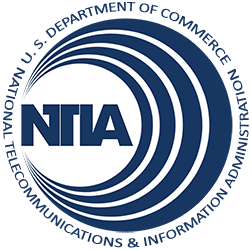Promoting the Benefits of Digital Literacy
Closing the digital divide – and getting all Americans online – requires a multipronged approach. It’s not enough just to provide affordable computer equipment and access to broadband at a reasonable price. Just as important is digital literacy training to teach people how to use the Internet and take advantage of everything it has to offer.
That’s why NTIA’s Broadband Technology Opportunities Program (BTOP) has invested roughly $200 million in public computer centers that provide Internet access for those who don’t have it at home, and roughly $250 million in broadband adoption programs that cover everything from how to navigate the Web and set up an email account to how to post a resume online and conduct an online job search.
Today, we are pleased to spread the word about the launch of an important new effort to raise awareness of the benefits of digital literacy and promote programs working to ensure that all Americans can participate in our information-age society.
Connect2Compete, a non-profit seeking to close the digital divide, has teamed up with the Ad Council to kick off the “EveryoneOn, 3-21” Public Service Announcement (PSA) campaign just in time for March 21, or 3/21.
A major goal of the new campaign is to help people stuck on the wrong side of the divide find free computer classes and other broadband training opportunities in their communities. The campaign includes a 1-800 number, a mobile text short code and a Website – www.EveryoneOn.org – that let users look up local class offerings, public computer centers and even WiFi hot spots. We expect this to help even more people find BTOP-funded computer centers and training programs across the country.
